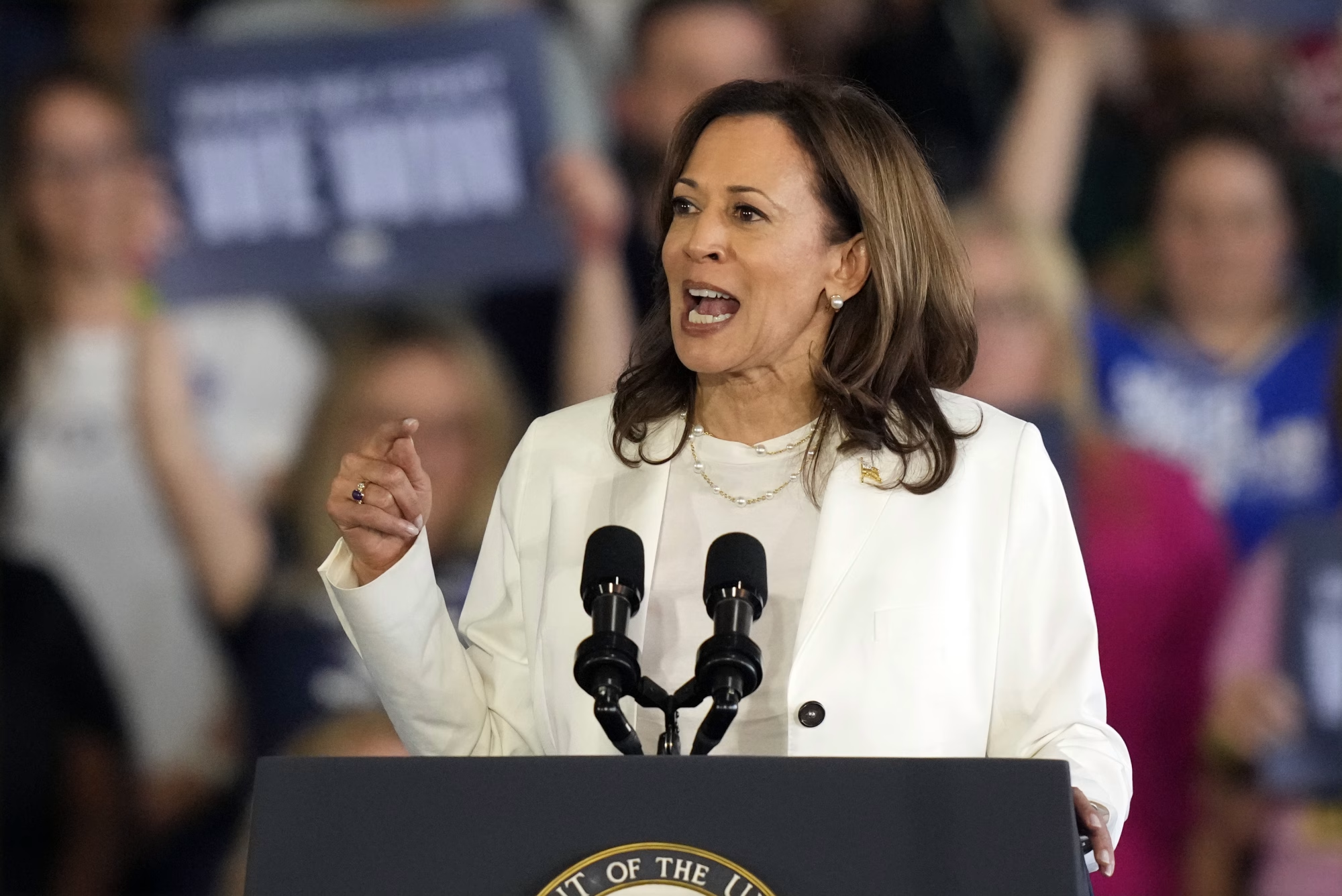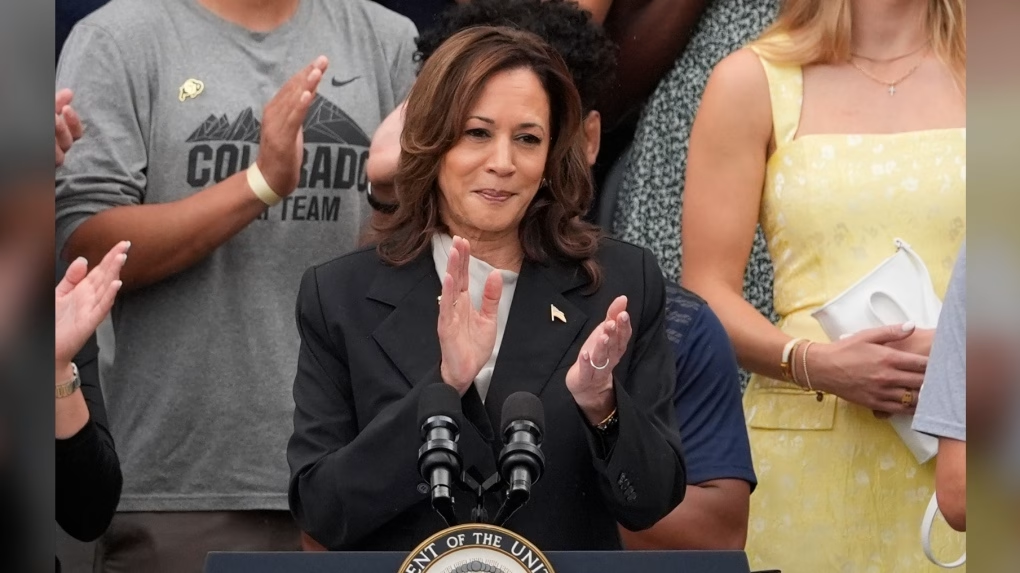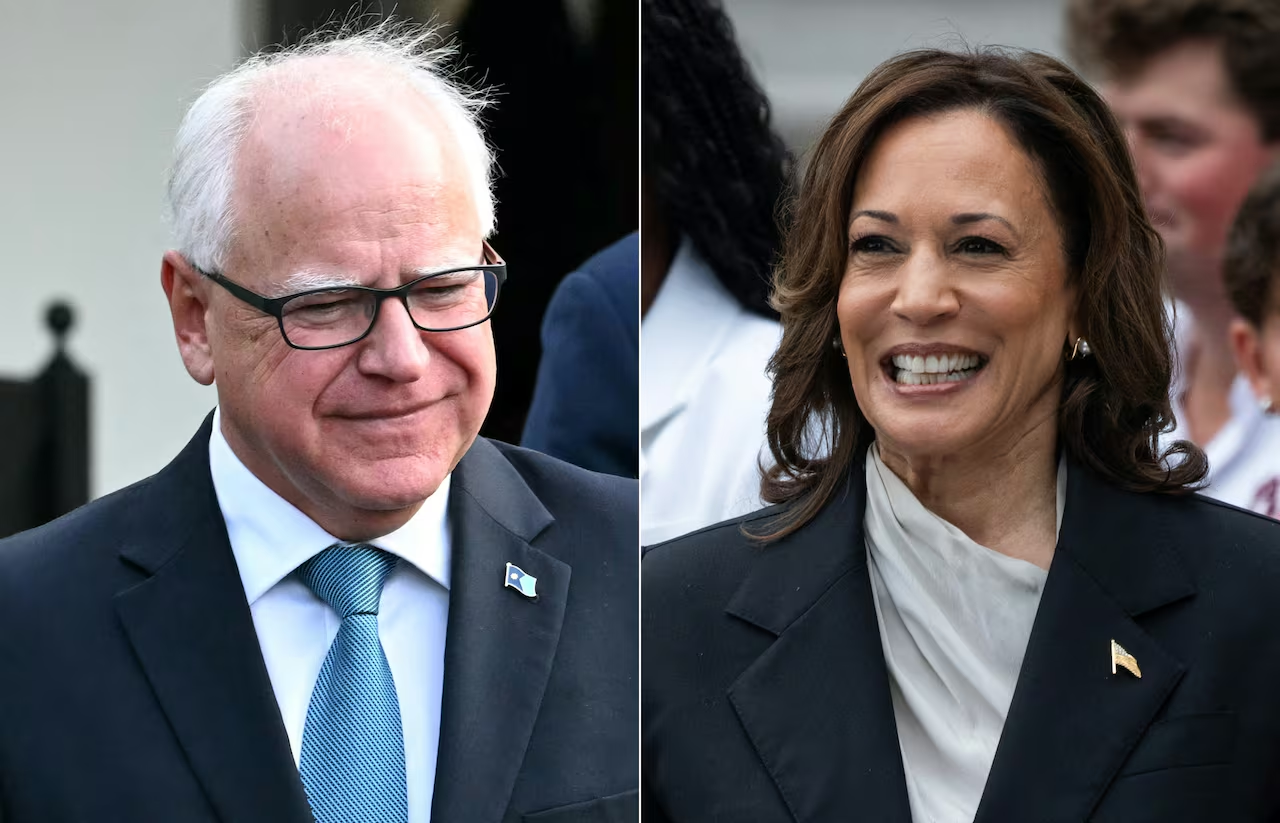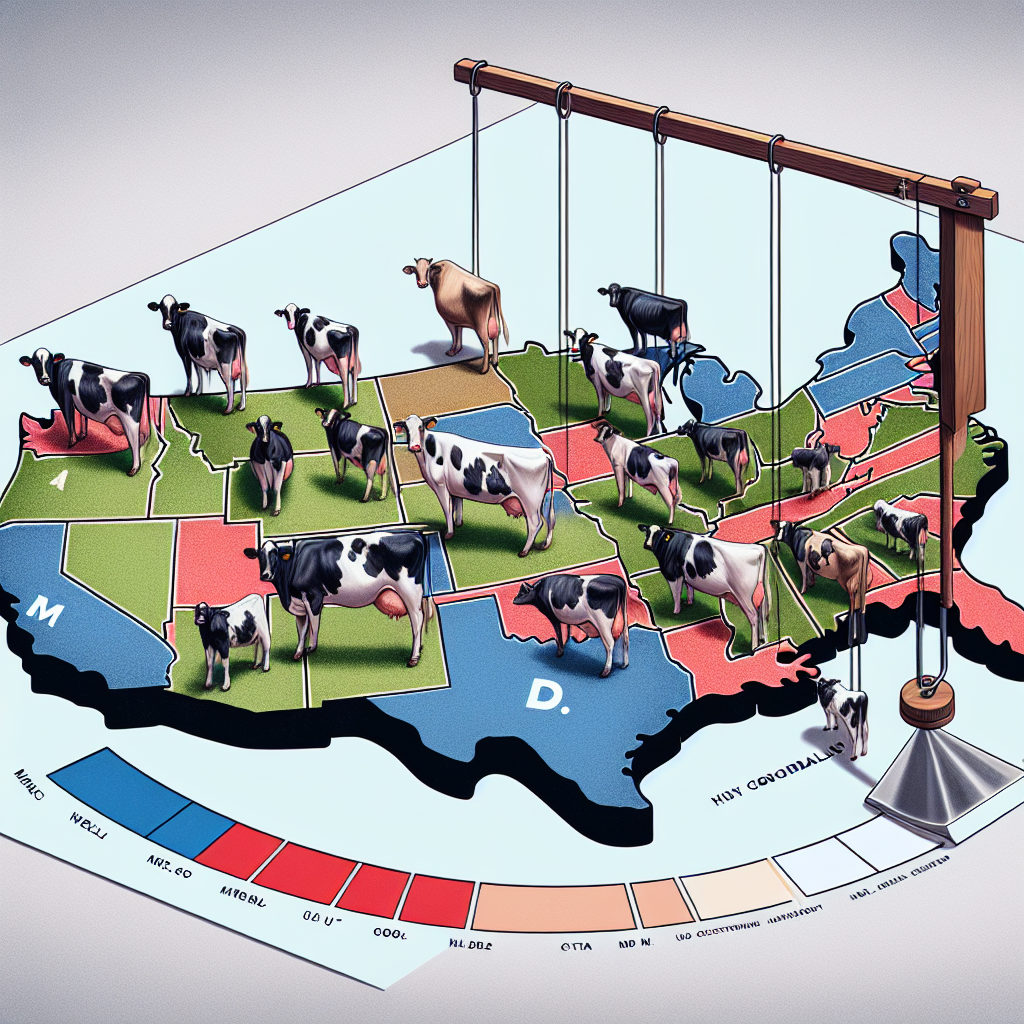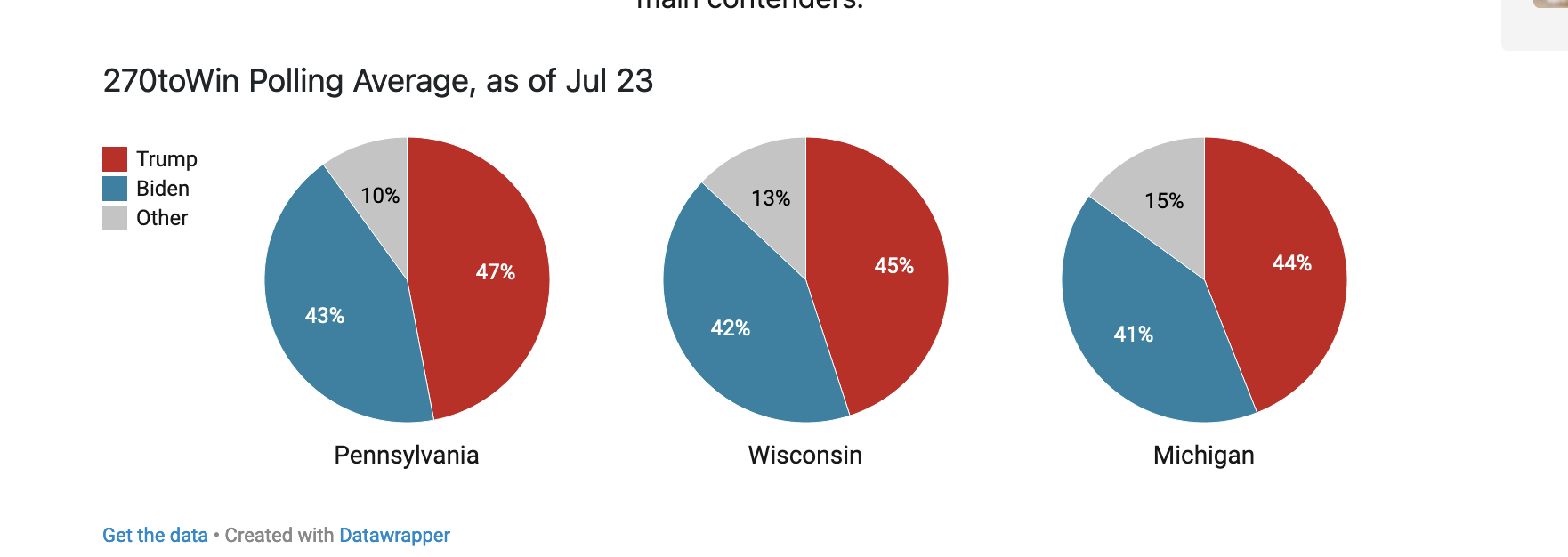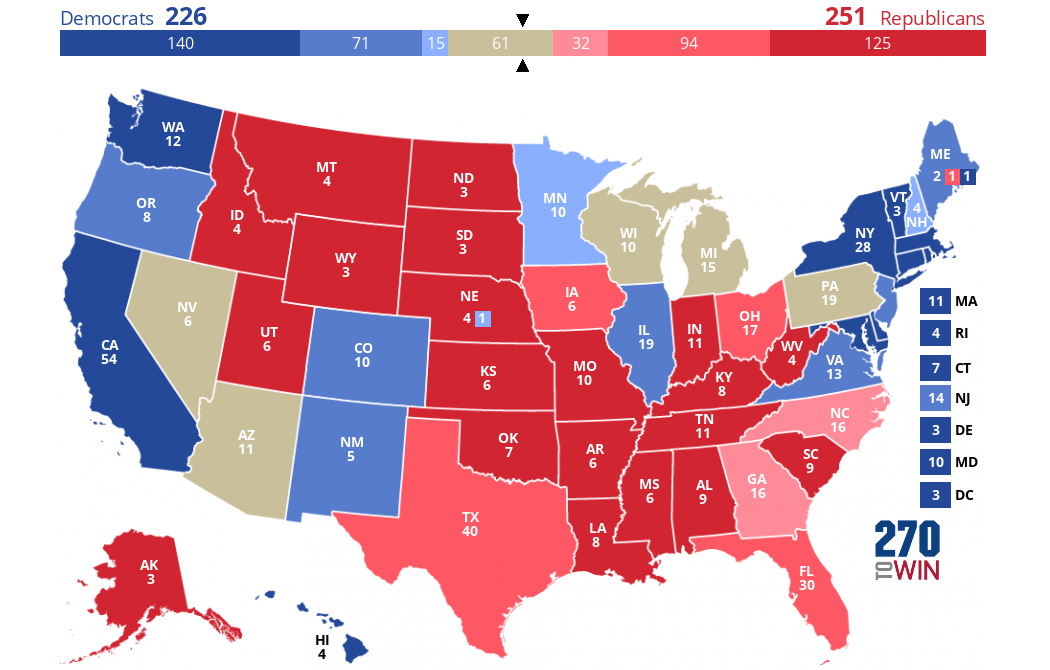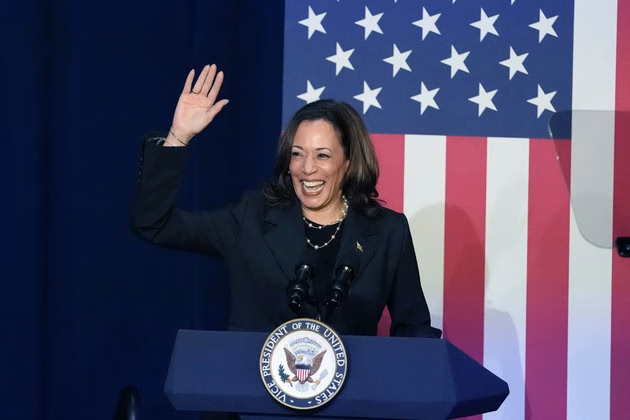Learn why Kamala Harris’ price control plan will likely fail by looking at past mistakes and the natural causes of inflation. Can we afford to repeat history?
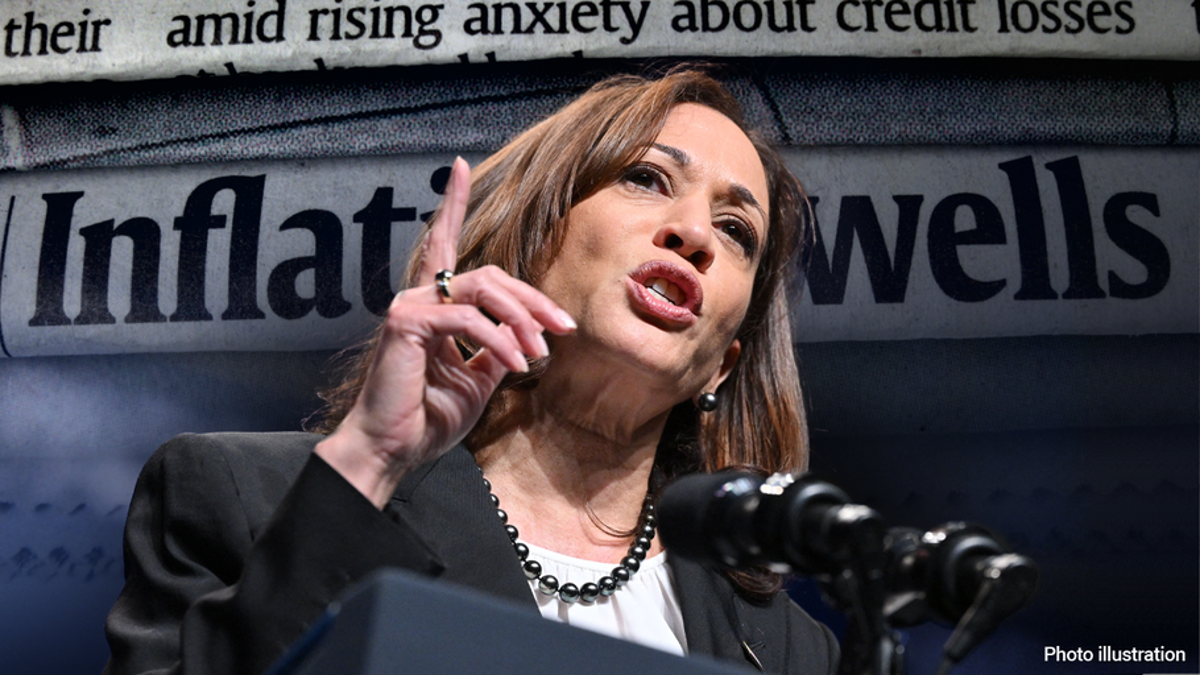
Do you ever feel like you’re in a time warp? It’s hilarious to see bell-bottom pants and Marcia Brady haircuts reappear. What’s less fun is the resurgence of old economic policies from the same period. Consider Democratic presidential contender Kamala Harris’s recent proposal for a government prohibition on price gouging, which includes implementing price restrictions on food and other consumer essentials. On the surface, the concept can seem enticing. Who doesn’t want to have cheaper food bills? However, history shows that such efforts have unexpected effects. In the 1970s, President Richard Nixon attempted similar pricing controls, and the results were, to put it kindly, devastating. “Ranchers stopped shipping their cattle to market, farmers drowned their chickens, and consumers emptied the shelves of supermarkets” (Yergin and Stanislaw, The Commanding Heights: Battle for the World Economy). Nixon’s price restrictions wreaked havoc on the economy, causing rising inflation and a destroyed agriculture sector that took years to recover. So, before we get carried away by election-year promises and the temptation of fast cures, let’s look at why this strategy failed before and is unlikely to succeed today.
Election Year Economics: Short-Term Gains, Long-Term Pains
Election years are often fraught with suggestions and promises, many intended to entice voters. Politicians, desperate to gain every potential vote, often turn to populist policies that address immediate widespread concerns, even if historical evidence shows these solutions may be ineffective in the long term. Against this context, Democratic presidential contender Kamala Harris recently proposed a plan to address increasing food costs.
To appeal to the people, Harris has proposed a prohibition on price gouging, which she claims arises from “excessive” and “unfair” mergers and acquisitions. Her idea attempts to limit the influence of enormous food firms, which she believes may use their market position to raise prices unfairly. Harris hopes to inflict harsh penalties on firms that engage in price gouging activities by enhancing the regulatory capabilities of the Federal Trade Commission and state attorneys general. Furthermore, her program will investigate and even ban mergers contributing to increased food costs, guaranteeing a more equitable economy for consumers. However, the proposed policy could have significant implications for the economy.
Lessons from the Past: Nixon’s Failed Price Controls
In August 1971, President Richard Nixon surprised the country with a statement that would permanently change the course of the United States economy. In a nationally broadcast speech, he said, “I am today ordering a freeze on all prices and wages throughout the United States.” This legislation, part of a larger package of economic measures, attempted to slow the runaway inflation that threatened to spiral out of hand, with the rate reaching 5.8%. The severity of Nixon’s price restrictions, which included a 90-day pay and price freeze, followed by a phased system of restrictions overseen by the newly constituted Pay Board and Price Commission, should be a cause for alarm and a reminder of the potential dangers of such policies.
The early measures were severe. Nixon’s economic plan called for a 90-day pay and price freeze, followed by a phased system of restrictions overseen by the newly constituted Pay Board and Price Commission. The goal was simple: stop inflation and stabilize the economy long enough for Nixon to ride his newfound economic stability to a comfortable reelection victory in 1972.
However, the intended purpose of these measures was immediately revealed. First, the inability to modify pricing deterred ranchers and farmers from bringing their products to market. According to Daniel Yergin and Joseph Stanislaw’s “The Commanding Heights: Battle for the World Economy,” “ranchers stopped shipping their cattle to market, farmers drowned their chickens, and consumers emptied the shelves of supermarkets.” Market disruptions grew so severe that necessary items became unavailable, generating significant economic distress and public dissatisfaction.
By June 1973, economic realities were apparent. Nixon was obliged to reimpose temporary freezes, but the damage had already occurred. Inflation continued to rise, reaching an alarming 8.7% in the summer of 1975. As the 1970s progressed, the United States economy saw even more significant upheaval. By 1981, the Federal Reserve had to take extraordinary action, hiking the Fed Funds rate to 19.29%—an astronomical level aimed at combating the out-of-control inflation that price controls had failed to contain.
The consequences of Nixon’s price restrictions on US agriculture were disastrous. Farmers who had relied on the government’s promises encountered falling land and commodity prices, sky-high borrowing rates, and a severe grain embargo imposed by President Jimmy Carter on the Soviet Union in 1979, which resulted in a 20% decline in agricultural exports. The resulting financial hardship caused a bleak era characterized by bankruptcy and suicides, permanently scarring rural America.
These past mistakes serve as a cautionary story that politicians now would investigate thoroughly before contemplating the reinstatement of government price restrictions on food and consumer goods. The long-term implications of Nixon’s price controls, including financial hardship, market distortions, and decreased exports, should be a cause for concern and a reminder of the potential risks of such policies.
The Ripple Effects of Price Controls on U.S. Agriculture: A Devastating Legacy
Nixon’s price restrictions had a severe and far-reaching effect on US agriculture, causing substantial market distortions, financial problems, and decreased agricultural exports. The government created artificial scarcity by restricting prices and disturbing the average supply-and-demand balance. Ranchers, for example, needed more motivation to sell their cattle since price limitations prohibited them from meeting production expenses, resulting in meat scarcity (New York Times, 1973).
Farmers had comparable difficulties. With prices frozen, many people elected to drown their chickens rather than sell them at a loss, resulting in widespread food waste and limited grocery store supply [Washington Post, 1973]. As a result, customers reported bare grocery shelves, demonstrating how policy mistakes may have unexpected implications across the supply chain.
Furthermore, Nixon’s price limitations lead to long-term financial difficulties for farmers. The agriculture sector, which was already susceptible to shifting commodity prices, could not adjust adequately to market circumstances. This volatility exacerbated bankruptcies and financial misery in rural areas. As interest rates rose, many farmers battled mounting debt, aggravating their financial troubles.
The ripple effects spread to overseas markets as well. With domestic policy in disarray, U.S. agricultural exports fell, affecting global supply chains. The introduction of a grain embargo on the Soviet Union in 1979, under the Carter administration, exacerbated these problems, resulting in a 20% decrease in agricultural exports. This move, prompted by geopolitical considerations, had severe economic consequences for American farmers and demonstrated the agriculture sector’s susceptibility to domestic and foreign policy swings [NPR, 2007].
Historical market disruptions, financial troubles, and decreased exports are stark reminders of the far-reaching implications of government involvement in agriculture prices. Farmers were forced to negotiate a complex and sometimes unfriendly economic environment, with many thinking themselves lucky just to be able to support their businesses and families.
The Real Culprits: Energy Costs and Interest Rates Driving Food Price Inflation
To understand the true causes of food price inflation today, we must go beyond the apparent remedies and delve into the fundamentals: energy prices and interest rates. These two elements have played a significant role in establishing the present economic environment and have directly influenced grocery store pricing in recent years.
Energy expenses have risen dramatically in recent years. Since President Biden’s tenure started, the consumer price index for energy has increased by an impressive 32%. This spike is partly due to legislative choices like the cancellation of the Keystone XL project on Biden’s first day in office and the continuous throttling of the conventional fossil fuel sector. These policies have considerably decreased cheap energy supplies, increasing expenses for everyone, particularly those in the food-producing industry.
Interest rates have followed a similar increasing trend. The prime interest rate has grown substantially from 3.25% to 8.50% in the last four years. This hike significantly raises the cost of borrowing for farmers and food producers, who depend on credit to fund everything from seed purchases to equipment expenditures. Higher financing costs cascade down through the food supply chain, eventually affecting consumer prices at the checkout.
The effects of rising energy prices and interest rates on agricultural production cannot be understated. Energy is an essential resource at all phases of food production, from planting and harvesting to processing and transportation. Operating equipment, moving commodities, and maintaining operational facilities rise when energy costs rise. High interest rates make funding for operational improvements or expansions prohibitively expensive, stifling potential economies and innovations that may offset price increases.
Although it is simple to blame business mergers or accuse corporations of price gouging, the true causes of food inflation are more structural and linked to more significant economic policy. Present energy policies and a more balanced approach to interest rate management must be reevaluated to address these underlying concerns. Only by addressing these root causes can we expect to see a significant and long-term decrease in food price inflation.
False Promises: Why Kamala Harris’ Price Control Proposal is Doomed to Fail
At first sight, Kamala Harris’ price control idea may seem tempting, particularly for people battling increasing supermarket expenses. However, a closer examination exposes numerous apparent faults. History has shown that government interference in market dynamics often results in unanticipated adverse outcomes. When Nixon imposed price restrictions in the 1970s, the consequences were terrible. The market distortion caused shortages, with ranchers withholding livestock, farmers drowning chickens, and bare store shelves becoming the norm.
Harris’s idea has a crucial flaw: it needs to be clarified. The plan lacks specifics, leaving it unclear how the federal price gouging law would be implemented or what defines “excessive” and “unfair” acts. The uncertainty here is not a mere omission but a fundamental problem that might result in inconsistent and unfair enforcement.
Furthermore, Harris blames large corporate food processing businesses and suppliers, claiming that these corporations are the principal perpetrators of rising food costs. However, this contradicts the facts, demonstrating that energy prices and interest rates are the primary drivers of food inflation. The consumer price index for energy has risen by 32% over the previous four years, while the prime interest rate has more than doubled [Bureau of Labor Statistics; Federal Reserve]. These issues are beyond the control of significant food businesses.
Critics from credible sources have been eager to point out these flaws. For example, The Washington Post called Harris’ proposal a “populist gimmick” that lacked severe solutions. Personal financial guru Dave Ramsey condemned it as “unsustainable because it’s artificial” [The Washington Post, Dave Ramsey]. When such comments come from reputable experts, they raise legitimate worries about the proposal’s feasibility.
Before government officials apply old and historically ineffective policies, they should address the underlying causes of inflation. As we’ve seen in previous cases, misdiagnosing the issue results in poor remedies. Instead of rehashing failing techniques, the emphasis should be on addressing the economic forces that raise expenses for everyone.
Policies Fueling Inflation: The Keystone XL Cancellation and Beyond
The present administration’s actions have contributed to the inflationary pressures we see. Various acts have resulted in a sharp increase in energy costs and more significant economic effects, ranging from the suspension of the Keystone XL project to harsh regulatory restrictions on the fossil fuel sector.
One of President Biden’s first major decisions was canceling the Keystone XL project on January 20, 2021. This decision had immediate and wide-ranging consequences. By suspending this project to carry crude oil from Canada to refineries in the United States, the government significantly curtailed future oil supply alternatives, adding to rising energy costs. According to the Wall Street Journal, the revocation was part of a more significant change in energy policy, including a moratorium on new oil and gas leases on federal property.
The government has also applied enormous regulatory pressure to the fossil fuel sector. Policies aimed at switching to greener energy sources have increased energy firms’ operating expenses, further reducing supply. For example, the US Energy Information Administration (EIA) estimated that fossil fuel output will fall in 2021 due to more onerous restrictions and decreased investment incentives. This decrease in supply has raised energy prices, impacting the total inflation rate.
Furthermore, legislative initiatives that lead to rising national debt have fueled inflation. The Congressional Budget Office predicts that the national debt would climb significantly over the next four years, adding $7.902 trillion to the total during Biden’s tenure. This surge has raised worries about long-term economic stability and increased interest rates, affecting consumer and corporate borrowing costs.
A sour combination of rising energy prices and interest rates directly influences food production costs, raising grocery store prices for consumers. These policies have generated a complex web of economic pressures throughout the agriculture industry.
The Bottom Line
As food prices continue to rise, it is critical to identify the actual drivers—energy costs and interest rates—rather than rehashing failed solutions such as government price restrictions, which have proved futile throughout history. Kamala Harris’ plan to prohibit price gouging echoes Nixon-era initiatives that caused economic turmoil, particularly in US agriculture. Growing evidence demonstrates that the present administration’s actions are causing inflation. For long-term stability, we need to make a real effort to address inflation’s root causes rather than enact cosmetic fixes. Perhaps Ronald Reagan’s warning is worth repeating: “The nine most terrifying words in the English language are, ‘I’m from the government, and I’m here to help!'”
Summary:
As the election year approaches, government price controls on food and consumer staples have resurfaced, spearheaded by Democratic presidential candidate Kamala Harris. Harris proposed a federal ban on price gouging and targeted large food companies for “excessive” and “unfair” mergers and acquisitions, echoing Richard Nixon’s failed attempts in the 1970s. These controls led to devastating economic consequences then, and the real drivers of rising food prices today—energy costs and interest rates—are heavily impacted by current administration policies. Instead of revisiting failed strategies, addressing these fundamental issues is crucial. Ronald Reagan once said, “The nine most terrifying words in the English language are: I’m from the government, and I’m here to help.” Let’s ensure history doesn’t repeat itself.
Key Takeaways:
- Reviving government price controls on food is being considered in the election year despite historical failures.
- Kamala Harris proposes a federal ban on price gouging to combat rising food prices, but historical evidence suggests this is ineffective.
- Richard Nixon’s similar policy in the 1970s led to disastrous economic outcomes, including inflation and agricultural hardships.
- Energy costs and interest rates are the primary drivers of current food price inflation, not the practices of large food corporations.
- The current administration’s policies, such as canceling the Keystone XL pipeline, have contributed significantly to rising energy costs.
- The real solution is addressing underlying economic factors rather than implementing strict governmental price controls.
- Economic experts and major media outlets have criticized Harris’ proposal as impractical and unsustainable.
- Historical lessons warn against granting excessive governmental control over the food supply chain.
Learn more:
- Post-Covid Grocery Price Surge: How It Affects Dairy Farmers and Your Wallet
- Trump vs. Biden: Who is the Best Presidential Choice for Dairy Farmers?
- Fourth of July BBQ Costs Soar in 2024: The Surprising Role of Dairy Prices
 Join the Revolution!
Join the Revolution!
Bullvine Daily is your essential e-zine for staying ahead in the dairy industry. With over 30,000 subscribers, we bring you the week’s top news, helping you manage tasks efficiently. Stay informed about milk production, tech adoption, and more, so you can concentrate on your dairy operations.







 Join the Revolution!
Join the Revolution!